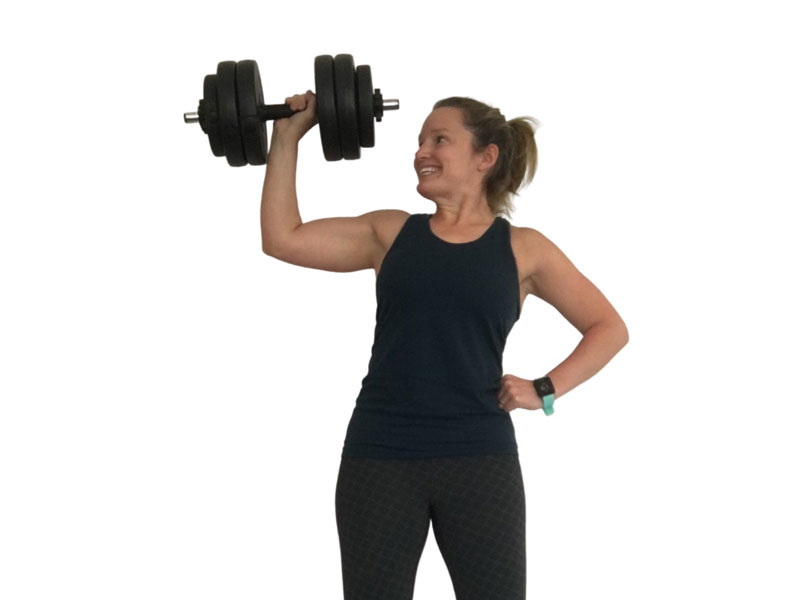
Osteoporosis, a systemic skeletal disease, is characterised by low bone mass and bone tissue deterioration resulting in increased fragility of the bone and susceptibility to injury (Pasking, Ong and Armstrong, 2020). Recent studies show that 1 in 3 postmenopausal women and 1 in 5 males over the age of 50 will attain an osteoporotic related fracture in their lifetime with the most frequently injured site being the hip, spine and wrist (Porter and Varacallo, 2020). With an aging population, osteoporosis incidence rate is expected to continue to rise. As osteoporosis is generally insidious and asymptomatic, it can often go undiagnosed until the first clinical fracture has occurred (Rachner, Khosla and Hofbauer, 2011). Some elderly people may even adapt a stooped posture, Dowagers hump, as a result of vertebral compression increasing their risk of falls (Sozen, Ozisik and Calik Basaran, 2017).
The main cause of osteoporosis is an imbalance of bone reabsorption and remodelling resulting in decreased skeletal mass (Porter and Varacallo, 2020). Bone density reaches its peak at the end of puberty. Osteoporotic fractures can occur when the bone becomes depleted and overloaded due to falls or daily activities (Sozen, Ozisik and Calik Basaran, 2017).
Modifiable risk factors include- poor nutrition, lack of physical activity, smoking, stress and alcohol consumption. Non modifiable factors include- age, gender and genetics. Secondary causes include hyperparathyroidism, inflammatory disease, vitamin D deficiency and diabetes (Pouresmaeili et al.,2018).
A detailed history and physical examination along with imaging techniques are used to diagnose osteoporosis. Dual energy X-ray absorptiometry (DEXA) scans are used to assess bone mineral density, monitor response to treatment and assess patients risk of fracture. The World Health Organisation (WHO) uses T scores to compares bone density to the average bone density of a young heathy adult of the same gender. Normal bone mass is -1.0 and above, osteopenia is -1.0 to -2.5 and osteoporosis is -2.5 and lower. Z scores are used instead of T scores for children, pre-menopausal women and men under the age of 50. A score of below -2.0 shows bone mass is less than expected for someone of that age (Sozen, Ozisik and Calik Basaran, 2017). However, current research suggests that osteoporosis management should not be based solely on BMD value, but also on future fracture risk (Pasking, Ong and Armstrong, 2020). Fracture risk assessment tool (FRAX) is a new method to predict a 10-year risk of sustaining a possible fracture including the probability of an osteoporotic fracture occurring (Rachner, Khosla and Hofbauer, 2011).
The aim of treatment is to prevent future fractures from occurring and this is where physiotherapy can help. Lifestyle changes such as increased physical activity, reduced alcohol consumption and the cessation of smoking while supplementing the diet with calcium and vitamin D can help reduce the risk of osteoporosis by increasing bone strength and absorption capabilities. (Rachner, Khosla and Hofbauer, 2011). A regular exercise regime including weightbearing and postural exercises should be included to enhance strength, balance and reduce risk of falls.
We suggest that you have your exercise guided by a physiotherapist so you can ensure the best program to help you.